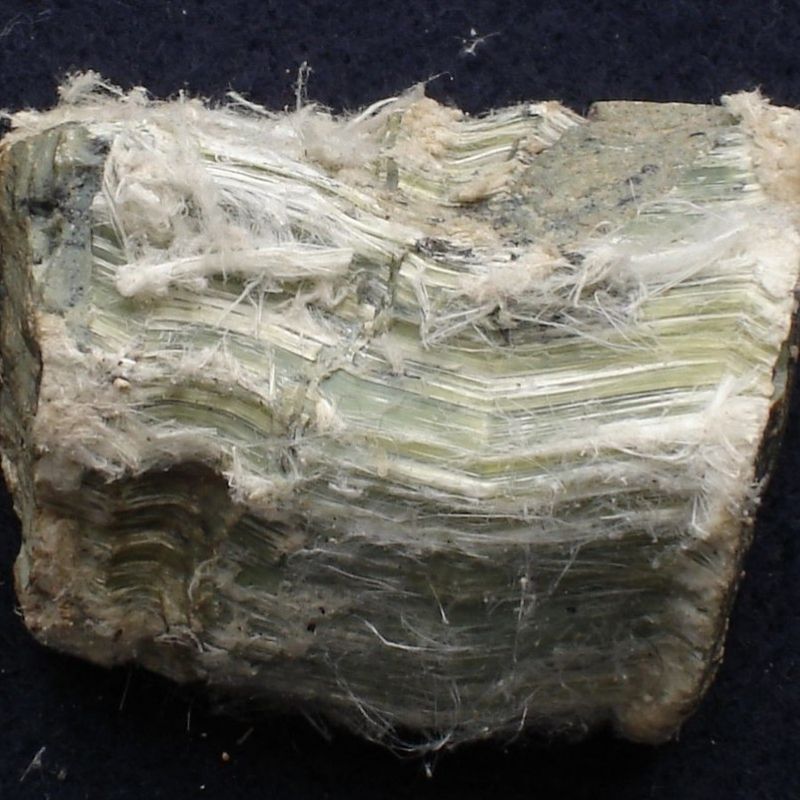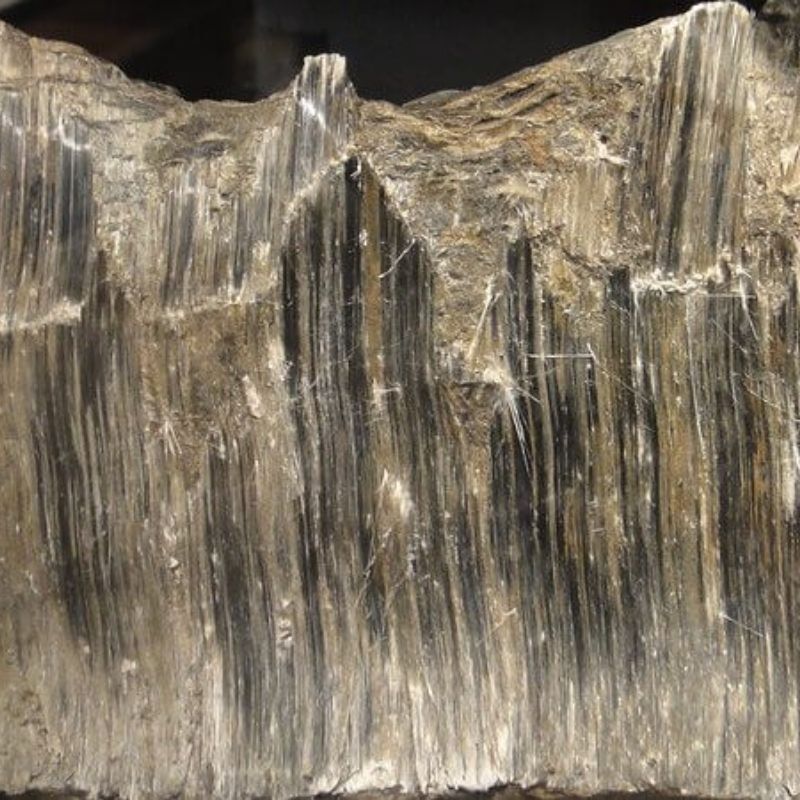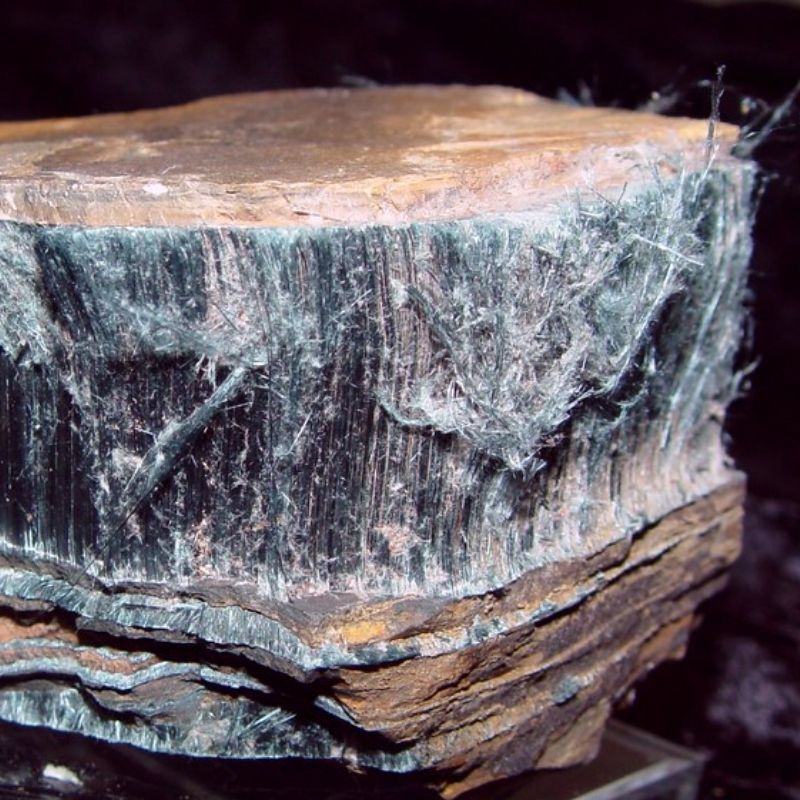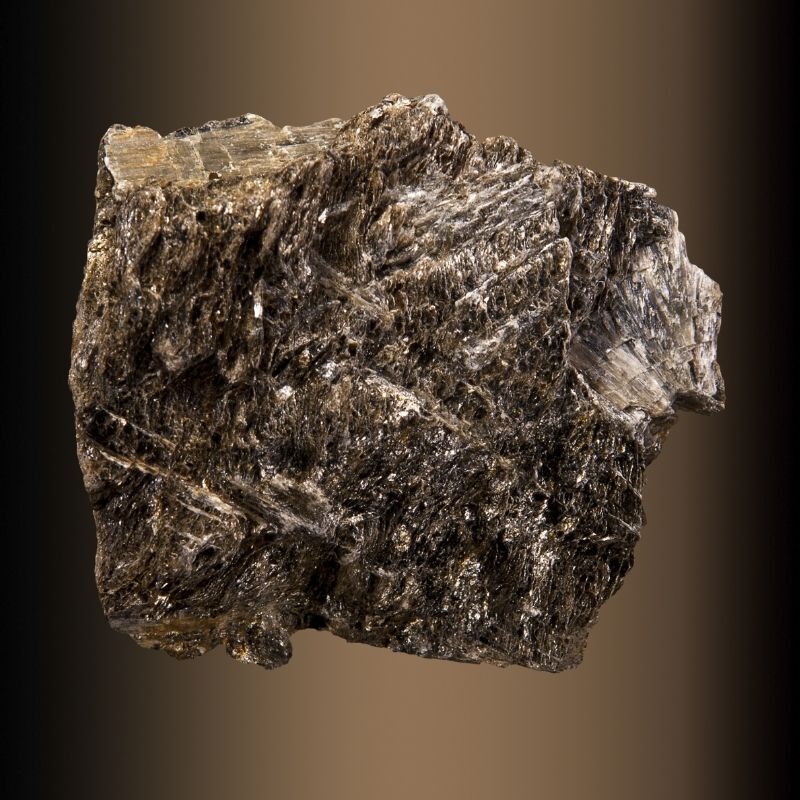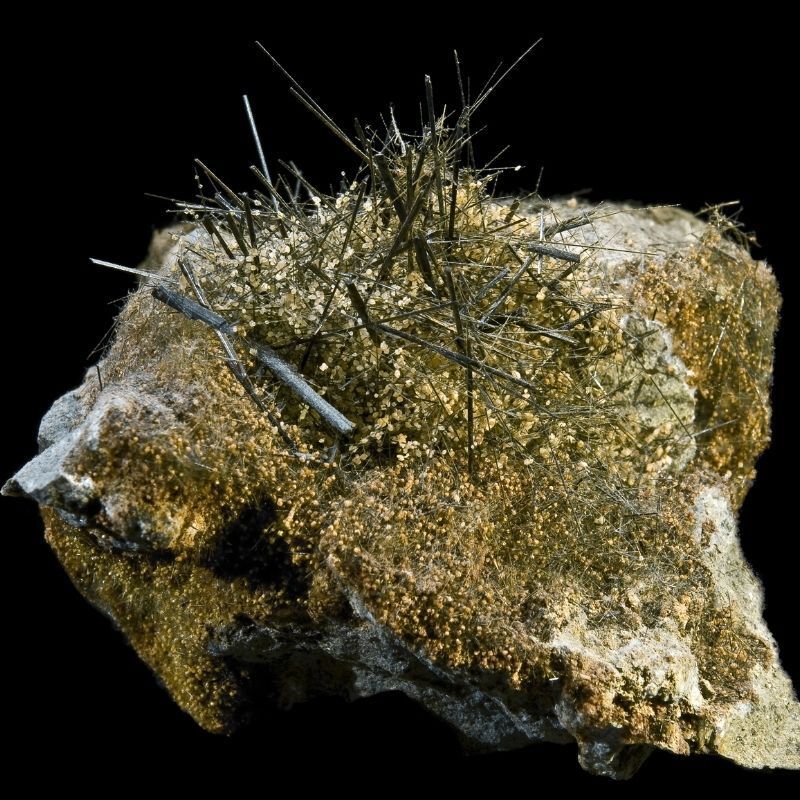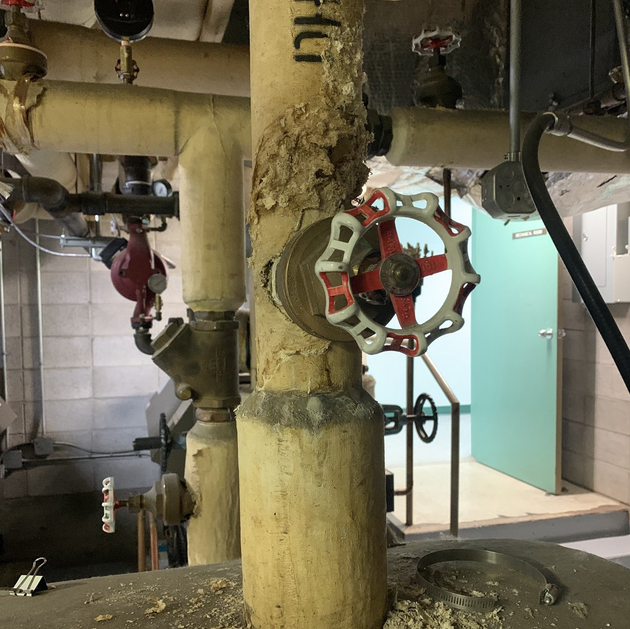About
How we got started
We got our start out of need. Friends throughout the construction business were becoming more aware of the dangers of asbestos and regulations were tightening. But the availability and flexibility of trained, certified people who could perform 3rd party inspections, collect samples and provide quick turnarounds were limited. We saw a niche and filled it. Also, I have two family members that are suffering from asbestos related illness’, so I feel I know the dangers related to asbestos very well.
We can provide all of our on site services (inspections and sample collecting) on an immediate basis, on weekends, or evenings and holidays if needed. And because we have our own lab, we can provide results just as quick if needed.
Once our company was up and running it was evident that there was another niche we could fill. Homeowners doing their own renovations or demoing their home in order to rebuild were frustrated when looking for asbestos inspection services. Prices were very high and options were low. We looked to provide a cost effective and flexible approach to asbestos inspections and/or testing.
We are a one stop shop, inspections and lab so we can provide cost effective, efficient, and flexible options. We can work with our clients to see what works best for them.
We look to expand to air quality testing, mold testing, lead, radon, and general home inspections.
Dangers of Asbestos?
Asbestos is a group of six naturally occurring minerals mined from the earth that can be separated into flexible fibres. Initially, the dangerous characteristics of asbestos were not known, or overlooked, and its properties made it an ideal construction material. Asbestos fibres are strong, flexible, non-flammable, non-corrosive, and a reliable insulating material. Because of these qualities, asbestos was used in a wide range of commercial and residential building materials up until the 1970’s and 1980’s when the uses of asbestos became restricted in Canada. Being exposed to asbestos can have serious, adverse effects on your health. Asbestos exposure can increase your chances of developing lung cancer. Mesothelioma, or cancer of the mesothelial tissue, can develop after being exposed to asbestos. And it can take years for symptoms related to the exposure to appear. This is why it's important to have asbestos detected and ultimately removed.

What are the different types of Asbestos?
Why Test for Asbestos?
Health Risks
While undisturbed and intact asbestos containing materials usually pose no immediate health risks, once disturbed or damaged, microscopic asbestos fibres can be released into the air. These fibres can stay in the air for hours and once inhaled can cause lasting health effects. Inhaled or ingested asbestos has been linked to Asbestosis, Lung Cancer, Mesothelioma, as well as Cancer of the Larynx, Esophagus, Diaphragm, Abdomen, Heart, and Colon.


Renovation Costs
Because of the health concerns involved with damaged or disturbed asbestos containing materials, professional abatement is critical for all removal of such materials. These costs can be quite significant. Therefore it can be essential to have materials tested during the planning stages of any renovation to account for these costs or to amend plans to avoid disturbing any of these materials. Testing is also essential when considering home insurance. In the event of a disaster or accident removal of asbestos containing materials can sometimes be unavoidable. This should be considered when deciding upon home insurance options and discussed with your provider.
Forms
Please include a Chain of Command form with all samples not collected by CET Ltd technicians.
Thank You!
Click here to download a Chain of Command Form


